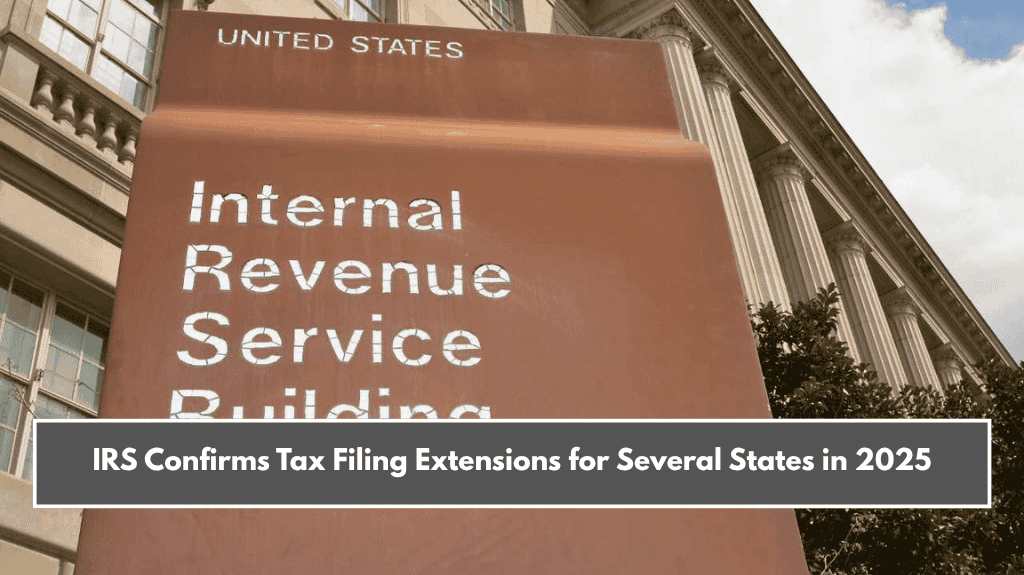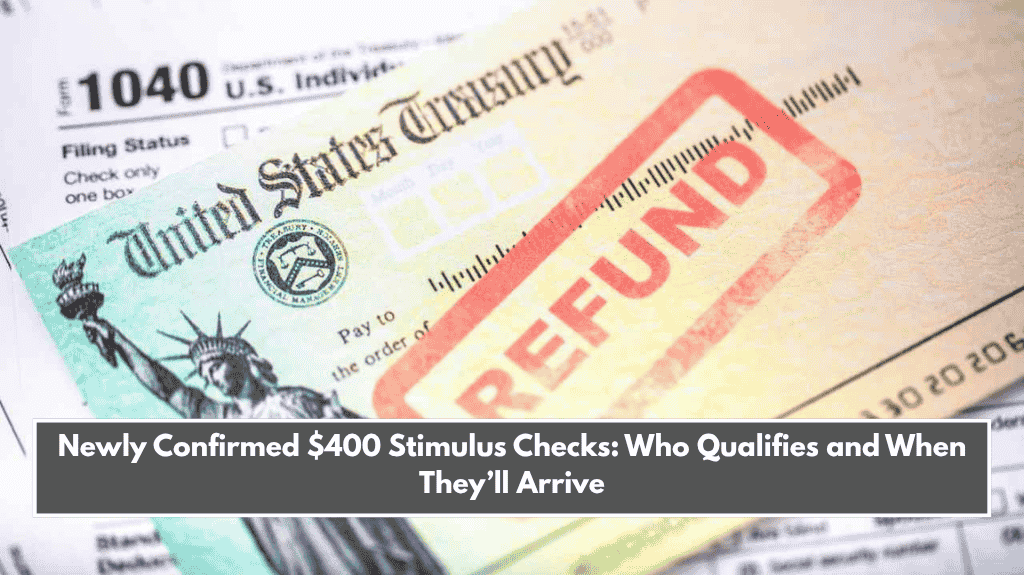If you filed your taxes late this year, don’t worry—you might still get your refund. Many people believe missing the April 15 tax deadline means they lose their money. But the truth is, the IRS still processes refunds after the deadline in most cases.
Whether you filed electronically or sent in a paper return, there’s a good chance you’ll receive your tax refund in June 2025—as long as your paperwork was correct and submitted properly. Let’s break it all down so you know when to expect your refund and how you can still claim it if you haven’t yet.
IRS Tax Refunds: What’s Happening in June?
If you filed your electronic federal tax return between May 4 and May 11, 2025, and chose direct deposit, you can expect your refund to arrive between May 26 and May 31. These timelines follow the IRS’s standard processing time of 21 days, which applies only when there are no errors in the return.
If you filed your return after May 11, then your refund will come during June. For example, if your return was accepted around May 12, you might see your payment between June 2 and June 6, depending on how fast your bank processes it.
Keep in mind that this timing only applies to electronic returns. If you sent your return by post (a paper return), or you’re receiving your refund by cheque, it will take longer—usually 4 to 8 weeks.
Also, if you claimed tax credits like the Earned Income Tax Credit (EITC) or Additional Child Tax Credit (ACTC), expect further delays. These require more verification. People living in disaster-affected states like Arkansas may also face longer processing times.

What Happens If You Filed Your Return Late?
Filing late is not always a problem. If you are owed a refund, the IRS does not charge a penalty for filing after April 15. The penalty is only for people who owe money and didn’t pay or file on time.
You also have up to three years from the original deadline to claim your refund. That means if you’re filing your 2024 taxes in 2025, the final date to claim your refund is April 2028. So even if you’re late, you still have time.
Returns are processed in the order they are received, so the earlier you file, the faster you’ll get your money. E-filed returns are usually handled in 21 days. Paper filings still take 4 to 8 weeks, with no special rush.
What You Need to Claim Your Tax Refund
To get your refund without any issues, you need to have the correct documents ready. These include:
- W-2 forms if you’re employed
- 1099 forms if you’re self-employed or have other income
- Receipts for deductions like education costs or charity donations
Digital copies of these are fine—you don’t need physical originals.
You also need your Social Security Number (SSN) or ITIN, and if you’re filing jointly, your spouse’s SSN too. Clearly mention your filing status (like single or married), as this affects how your taxes are calculated. Also, if you used a tax service, keep a copy of the return they filed for you.
Having everything in order helps your refund process go smoothly and reduces the chances of any delays.
Even if you missed the April deadline, you can still get your tax refund if you filed recently or plan to file soon. The IRS processes late returns as long as you’re eligible for a refund and submit the required forms. Most electronic filers who filed in May will receive their money by June, while paper returns take longer. Just make sure you have all your documents ready and keep an eye on your bank account or mailbox in the coming weeks.















